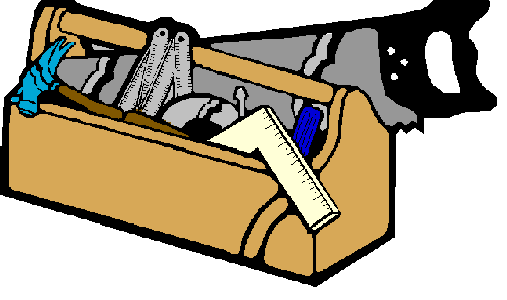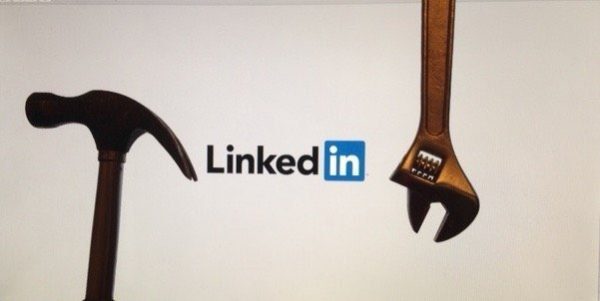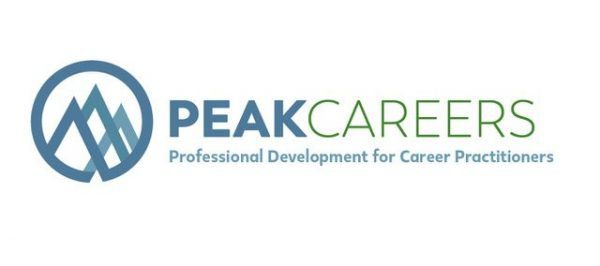There are thousands of blogs, articles, webinars, workshops, and more out there about how to use LinkedIn and how to make sure your profile is 100% complete, so I’ll keep this simple.
LinkedIn is a toolbox.
I thought about ending my blog there but for the sake of reaching 650 words, I’ll add a bit more.
Everyone has their own career development path. You are either looking for work or you will be. Even if you retire it is likely you will be looking for ideas of where to spend your time and energy.
Here are four tips on using the LinkedIn toolbox.
Adjustable crescent wrench = Personal relationships
One of the most versatile tools. You can set it to tighten or loosen a wide variety of bolts. Fits comfortably into your hand. Lasts forever. LinkedIn is a tool that can be used to develop relationships with other professionals. Career development is all personal. It is not often that someone gets hired from a text or an email.
Tip: Use LinkedIn to to seek advice, meet others, and help others on their career path. Make it personal, reach out to people in your network occasionally and try to take it from the virtual world to the real world.
Electronic wood stud finder = Research
A stud finder can “see through walls” to help you find where the 2 x 4 is so you can hang your new family portrait. LinkedIn is one of the many tools out there to research a company to see what is going on INSIDE. What is the company writing about? Who works there now? Who worked there previously?
Tip: Use LinkedIn “search” to identify as much as you can about a company. Do you have any 1st or 2nd connections who could give you insight? Are there any groups affiliated with them? Can you “follow” them?
Plumbers wire snake = Identify career paths
I’ve had to use a snake before to find a block in my basement pipes. The snake didn’t always FIX the problem but it helped me identify possibilities. Use LinkedIn to identify people who are doing what you’d like to do and check out their path. How did they get to where they are? You’ll probably be surprised.
Tip: Go to your Alumni page (look under your Connections tab and click on Find Alumni) and look up alumni who majored in the same major as you. Check out their career paths. Where did they start? How long were they there? Are there paths you had not thought about?
Hammer = Keep it simple
Hammers have been around for along time. Even Neanderthal man used a rock to hammer things. It is a very simple tool that allows you to fix things, tear things apart or to just sound like you’re busy (think Bam Bam in Flintstones). LinkedIn is a tool that you should use to discover new career paths, meet new people, learn from others in groups, and develop your personal and professional relationships.
Tip: Use LinkedIn to identify people who might be helpful to you and then use the internet to look up their company and call the company and ask to speak to that person. Yes, old school phone call. Just go all “Neanderthal” and call them on the phone, make it personal. There will be time later to connect and message through LinkedIn.
SUMMARY. LinkedIn is NOT the end result. Finding a job on LinkedIn is a slower process. It is a tool that will help you learn much and develop relationships (online and hopefully in person) that will help you along your personal career development path.
—————————————————–
Jim Peacock is the Principal at Peak-Careers Consulting and writes a monthly newsletter for career practitioners. Peak-Careers offers discussion-based online seminars for career practitioners focused on meeting continuing education needs for CCSP, GCDF and BCC certified professionals as well as workshops for career practitioners and individual career coaching.
Sign up here to receive my TOP 10 TIPS WHEN WORKING WITH AN UNDECIDED PERSON. You can also receive the career practitioners newsletter which includes a variety of career topics, industry news, interesting events, and more.





Leave a Reply